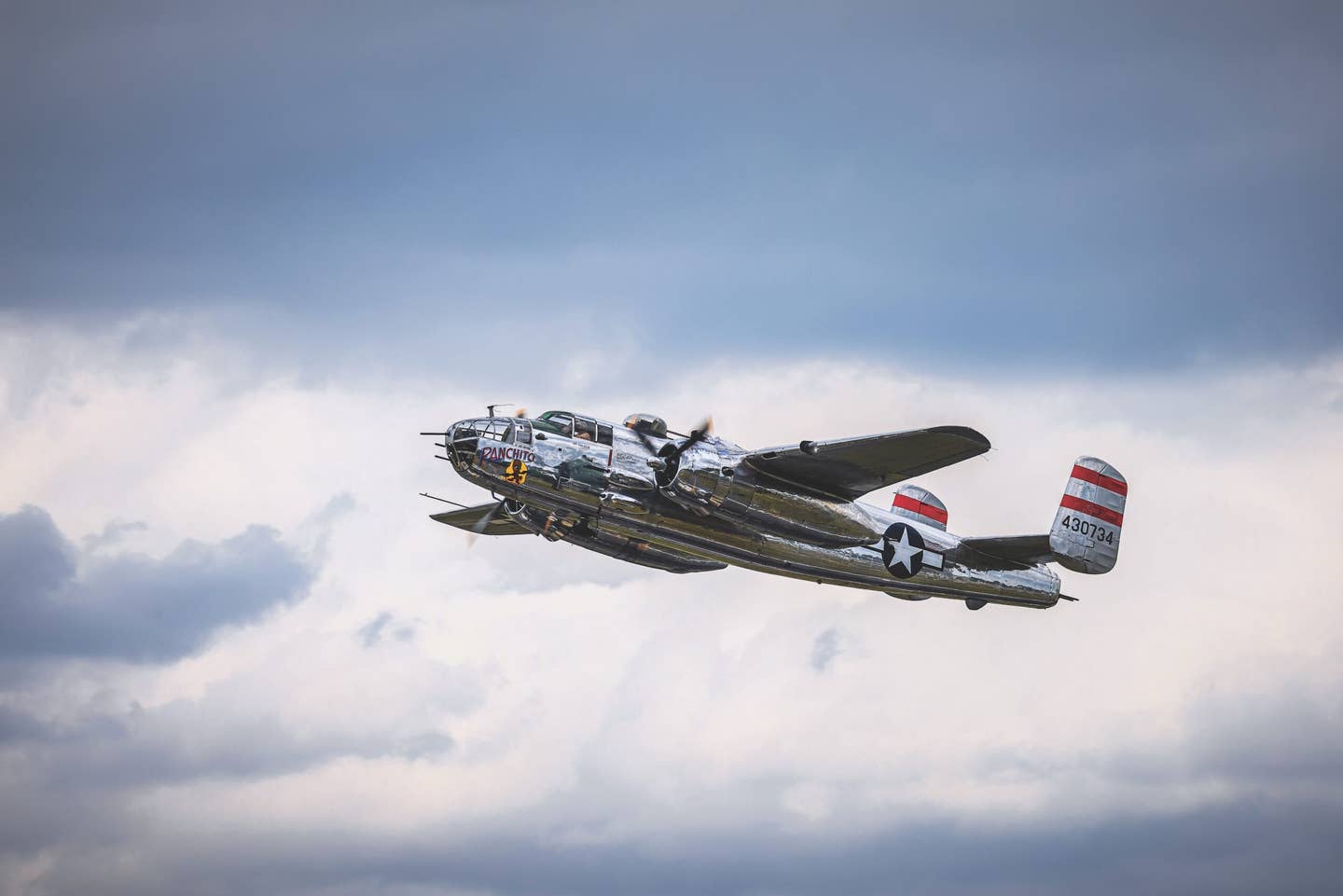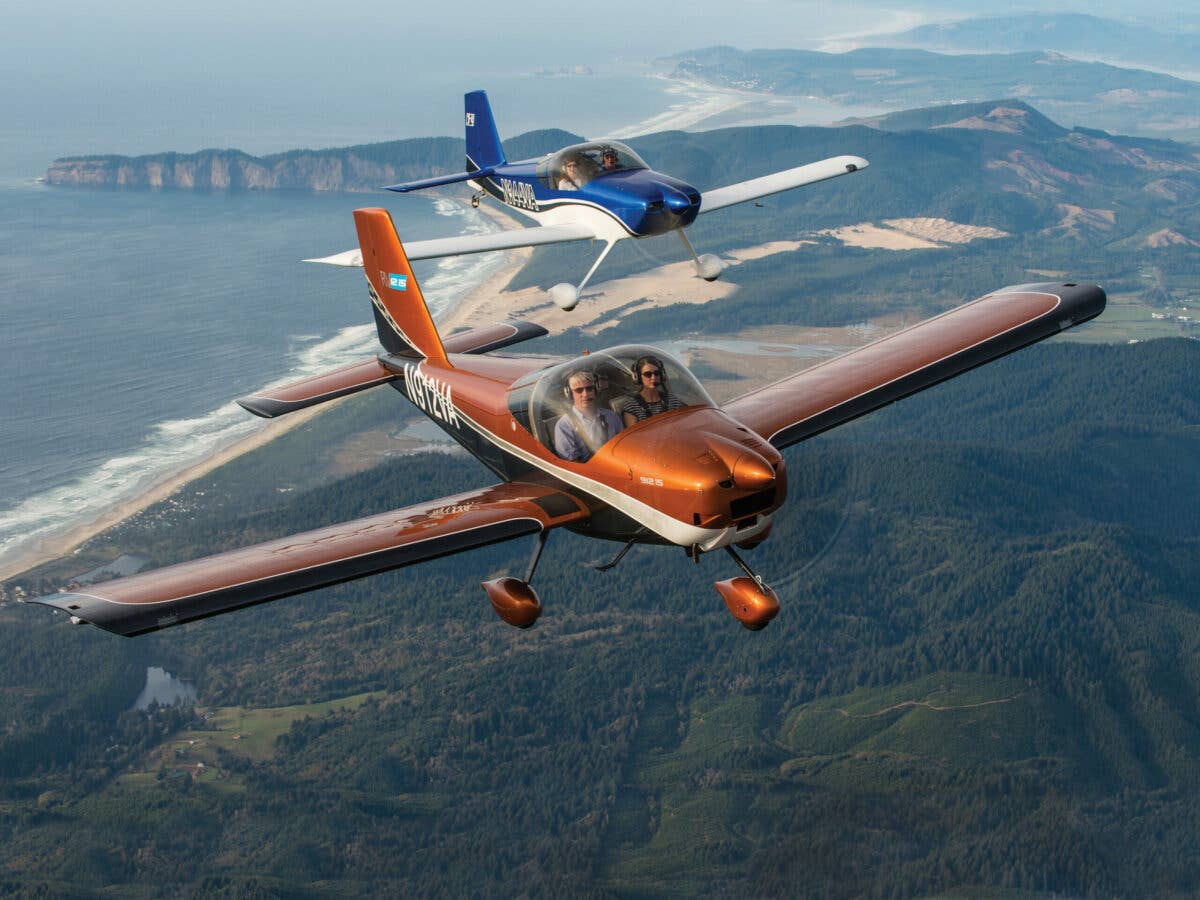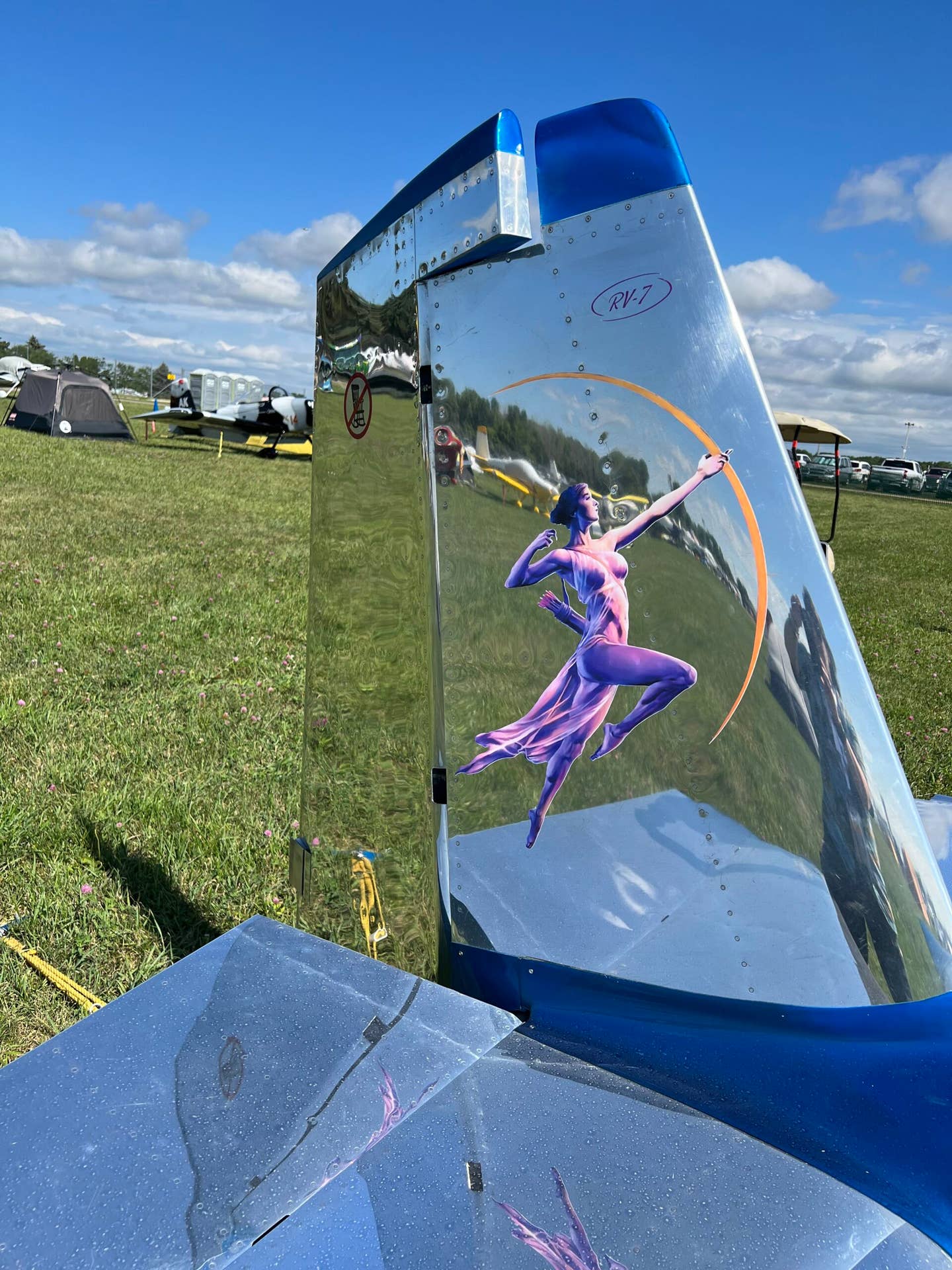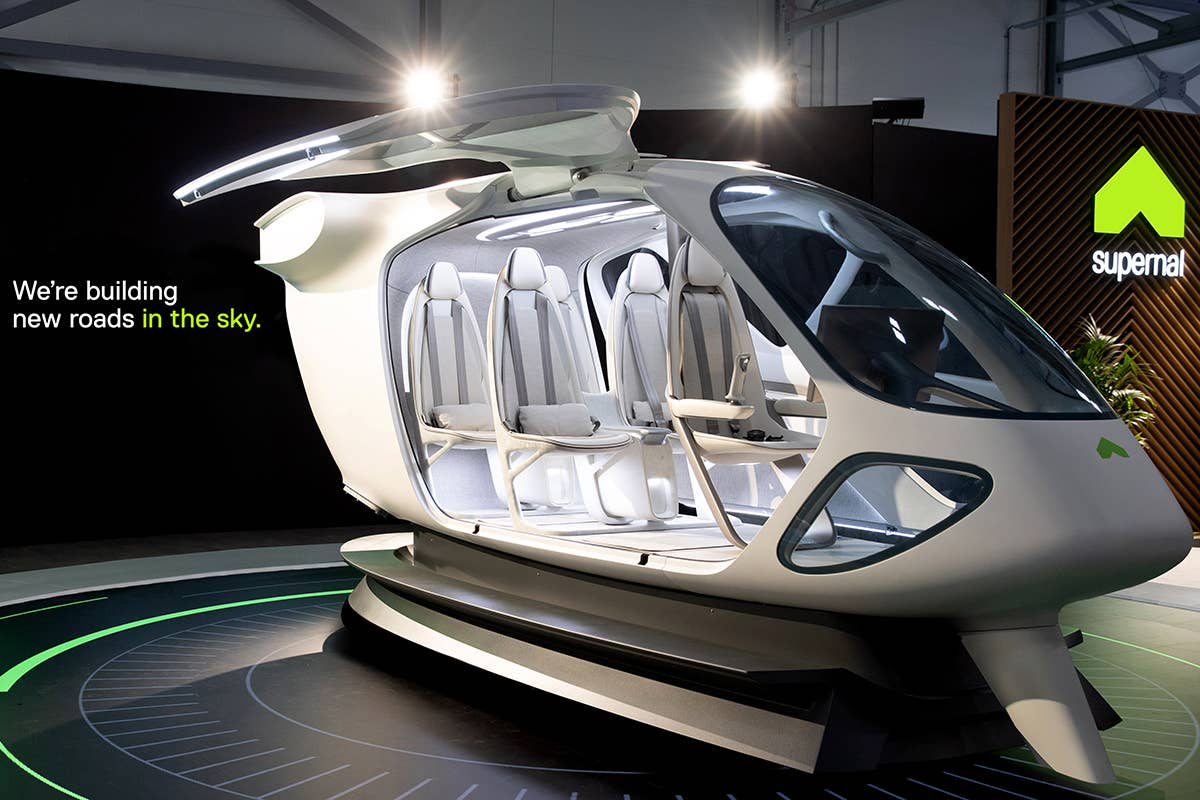
See why everybody wants a piece of Pilatus.
Flying StaffEditor
Flying Magazine is a one-stop resource for everything aviation, including news, training, aircraft, gear, careers, photos, videos, and more.
Comments(0)
Related Stories

Subscribe to Our Newsletter
Get the latest FLYING stories delivered directly to your inbox






